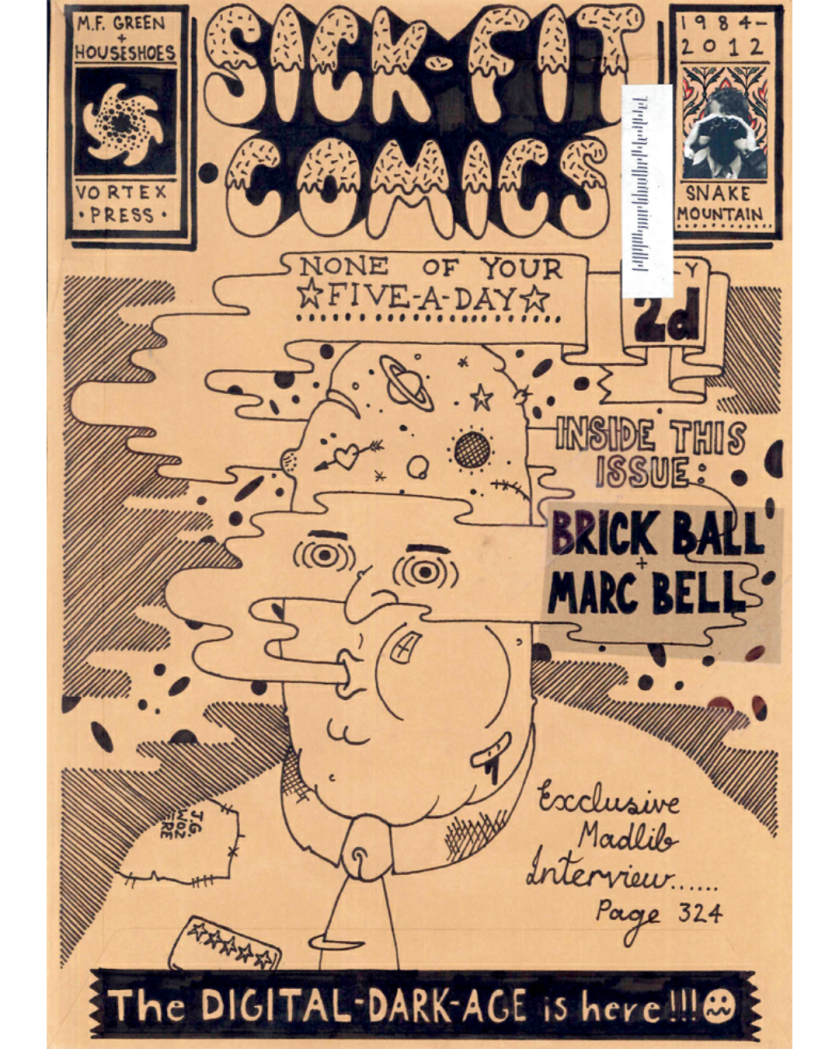In today’s key concept’s lecture by James Green, we were introduced to a series of different comical pieces that has greatly influenced his work. I was really intrigued by these pieces by William Hogarth of Beer Street and Gin Lane, 1751, which are currently shown at the British museum.

A scene of urban desolation with gin-crazed Londoners, notably a woman who lets her child fall to its death and an emaciated ballad-seller; in the background is the tower of St George’s Bloomsbury; in this state, the child’s face has been changed so that the face is wizened and the eyes sunken. Charles Dickens captured scenes like these marvelously in his novels, portraying what the living conditions were like in large cities like London at the time. He walked for miles and miles a day to get inspiration like this, making his description of the era very accurate.

In contrast, this is a flourishing urban scene with well fed citizens; in the foreground, butchers, fish wives and a City of London porter hold large tankards of beer; a butcher lifts a skinny Frenchman into the air with one hand; in the background, paviours repair the street, chairmen carry a stout lady, tailors sew in a well lit attic, builders work on the roof of a house clad with scaffolding, and a warehouseman hauls a barrel to an upper storey – all are drinking beer; poverty appears only in the ragged coat of the artist painting the tavern sign and, more particularly, in the collapsing house of “N Pinch Pawn Broker”. This contrast in the lives of the people amplifies how horrendous this extremely capitalist society was really like.
Here are a few other pieces that really captured my imagination;
James Gillray, Punch Cures The Gout, 1799, Hand coloured etching, National Portrait Pallery. This is comically ironic because “punch” makes gout a lot worse.

– Doublûres of characters, 1798.

Pl. to ‘Anti-Jacobin Review’, where it has no relation to the text, and is placed at random. Also issued separately. Bust portraits of seven leaders of the Opposition, each with his almost identical double, arranged in two rows, with numbers referring to notes below the title. The first pair are Fox, directed slightly to the left, and Satan, a snake round his neck, his agonized scowl a slight exaggeration of Fox’s expression; behind them are flames. They are ‘. The Patron of Liberty, Doublûre, the Arch-Fiend’. Next is Sheridan, with bloated face, and staring intently with an expression of sly greed; his double clasps a money-bag: ‘. A Friend to his Country, Doubr Judas selling his Master’. The Duke of Norfolk, looking to the right, scarcely caricatured, but older than in contemporary prints. His double, older still, crowned with vines, holds a brimming glass to his lips, which drip with wine. Character of High Birth, Doubr Silenus debauching’. (Below) Tierney, directed to the right, but looking sideways to the left: ‘IV. A Finish’d Patriot, Doubr The lowest Spirit of Hell.’ Burdett, in profile to the right, with his characteristic shock of forward-falling hair, trace of whisker, and high neck-cloth, has a raffish-looking double with similar but unkempt hair: ‘. Arbiter Elegantiarum, Doubr Sixteen-string Jack’ [a noted highwayman]. Lord Derby, caricatured, in profil perdu, very like his simian double, who wears a bonnet-rouge terminating in the bell of a fool’s cap: ‘. Strong Sense, Doubr A Baboon.’ The Duke of Bedford, not caricatured, and wearing a top-hat, has a double wearing a jockey cap and striped coat (see BMSat 9380): ‘. A Pillar of the State, Doubr A Newmarket Jockey’. After the title: ‘”If you would know Mens Hearts, look in their Faces” Lavater.’ 1 November 1798
Hand-coloured etching and stipple.
Spitting image, 1984-1966 – a series that mocked politicians, celebrities and the royal family through the use of comical puppets of them. A lot of the sketches are still hilarious to watch, even though the stories were based off of current events of the time.
https://www.youtube.com/watch?v=jINZBOxdja8
Garbage Pail Kids, 1987 – politicians, parents and teachers got involved wanting to sue the company because they were “gross”, making children to want to collect them desperately.

Fletcher hanks, 1887-1976. Fantomah: Mystery Woman of the Jungle, by Barclay Flagg aka Fletcher Hanks, who was the first ever female superhero.

David Hockney used impact lines to add speed to a picture or to focus something in the picture and create and almost 3D effect, which is commonly used in comics. We see this in his piece ‘A Walk Around The Hotel Courtyard, acatlan, 1985;

James then brought us the pleasure of showing us his comics that he’s made throughout the years, which I unfortunately don’t have the specific image of, but I loved the use of green and blue to portray somewhere grubby and unpleasant, which was what Vincent Van Gogh did in The Night Cafe, 1888.

(References to M F Green, Super String Comics, 2012)
Here’s an example of one of his comics;









































































